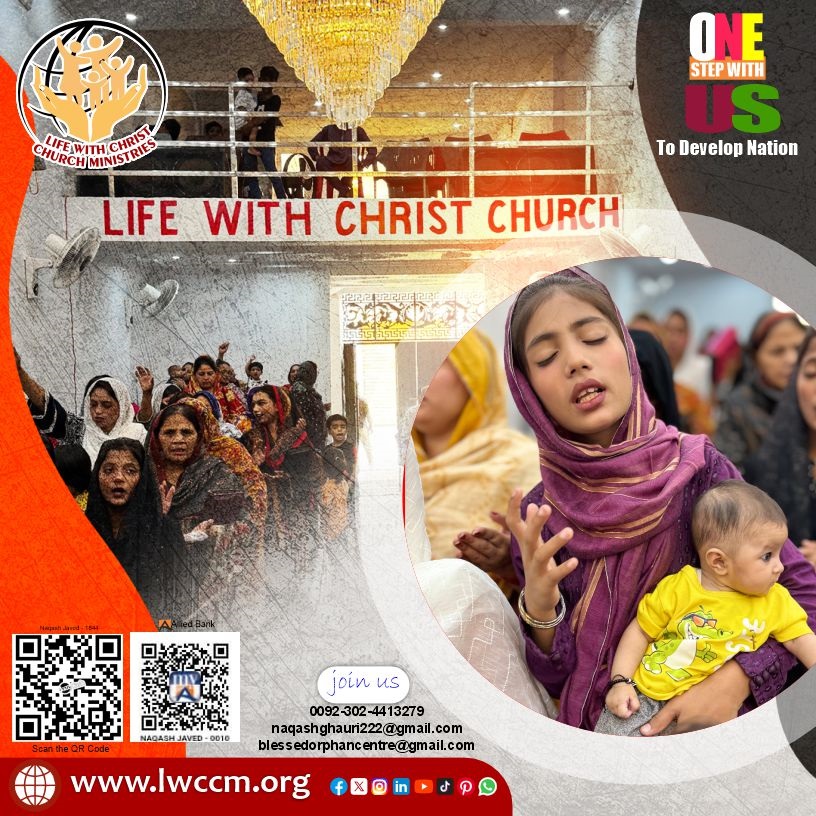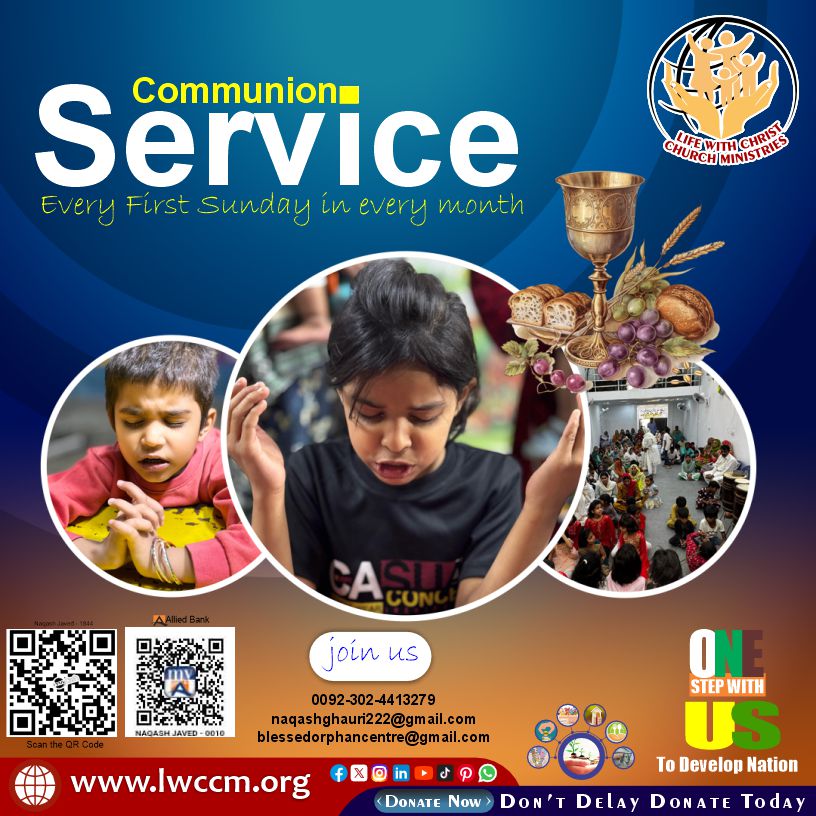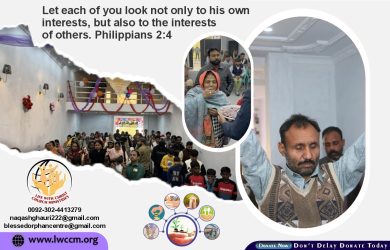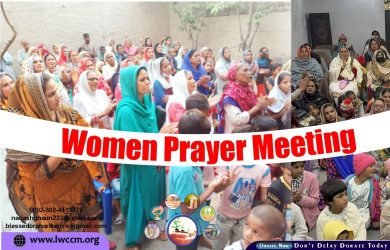Golobal Education
for Fundetion
Dynamically facilitate economically sound users before principle-centered collaboration and idea-sharing.
Charity and Nonprofit
for Fundetion
Dynamically facilitate economically sound users before principle-centered collaboration and idea-sharing.
There are many variations of assages of lorem Ipsum available,
There are many variations of assages of lorem Ipsum available,
There are many variations of assages of lorem Ipsum available,

170
KVolunteers helping carry
our global mission
Our About Us
We’ve Been Saving Sight And Changing Lives
The Gainlove Global aid network is hosting an event to educate our unity about the services we provide and our undational Family Support inciples. We will highlight voices and stories from community members impacted by The Gainlove Global aid network.
"I am truly inspired by the dedication and compassion shown by Life With Christ
Naqash Javed
Our Donation
Featured Non Profit Causes









Our Donation
Featured Non Profit Causes

Water For Children
We are calling all Super heroes run, walk, push, pedal, hand ecle, swim or tow in this

Water For Children
We are calling all Super heroes run, walk, push, pedal, hand ecle, swim or tow in this

Water For Children
We are calling all Super heroes run, walk, push, pedal, hand ecle, swim or tow in this

Water For Children
We are calling all Super heroes run, walk, push, pedal, hand ecle, swim or tow in this
Our Categoris
Since 1990, we’ve been saving sight and changing lives around the world
CEO - Founder
Our Testimonial
What They Are Saying
"I am truly inspired by the dedication and compassion shown by Life With Christ Church Ministries in their efforts to serve the community. Their work in providing clean water, supporting orphaned children,

Naqash Javed
I am deeply moved by the incredible work being done by Life With Christ Church Ministries. Their unwavering commitment to serving the community through initiatives like providing clean water, supporting orphans.

Aqib Javed
Life With Christ Church Ministries is truly a beacon of hope and faith in our community. This organization not only teaches Christians about Christianity and helps deepen their understanding of the Word

Mr. Imran Bhatti
I have had a wonderful experience with Life With Christ Church Ministries. This institution is truly a blessing for many, offering help to those in need and guiding them toward a better

Sonia Shameer
Our Event
Featured Campaigns



Life With Christ Church Monthly Communion Service
Homeless Children's
Giving A Helping Hand For Children.
Curabitur in eleifend turpis, id vehicula odio. soluta nobis est eligendi optio cumque nihil impedit quo minus id quod maxi me placeat facere possimus.
Curabitur in eleifend turpis, id vehicula odio. soluta nobis est eligendi optio cumque nihil impedit quo minus id quod maxi me placeat facere possimus.
A wonderful serenity has taken possession of my entire soul, like these sweet mornings of spring. ullamco laboris nisi ut aliquip. labore et dolore magna aliqua.
Our Member
We Always Work With
Our Team
The Number Of People Who
Have
Taken Action With Us On Our Save
Wildlife Campaign
Mission & Vission
Our Goal Is To Make Your Life Better
Lorem ipsum dolor sit amet, consectetur adipisicing elit, sed do eiusmod or incididunt ut labore et dolore magna aliqua. Ut enim ad minim iam, quis rud exercitation ullamco laboris nisi ut aliquip ex ea commodo consequat. Duis aute irure dolor in reprehenderit in voluptate velit esse cillum dolore eu fugiat nulla pariatur. Excepteur sint occaecat.
Lorem ipsum dolor sit amet, consectetur adipisicing elit, sed do eiusmod or incididunt ut labore et dolore magna aliqua. Ut enim ad minim iam, quis rud exercitation ullamco laboris nisi ut aliquip ex ea commodo consequat. Duis aute irure dolor in reprehenderit in voluptate velit esse cillum dolore eu fugiat nulla pariatur. Excepteur sint occaecat.
Lorem ipsum dolor sit amet, consectetur adipisicing elit, sed do eiusmod or incididunt ut labore et dolore magna aliqua. Ut enim ad minim iam, quis rud exercitation ullamco laboris nisi ut aliquip ex ea commodo consequat. Duis aute irure dolor in reprehenderit in voluptate velit esse cillum dolore eu fugiat nulla pariatur. Excepteur sint occaecat.












